When Albert Powrie returned from service in the Great War in 1920, he married widow Janet Boyter and eventually settled down on Watson Street in Dundee.
Years later, Janet would lose not just Albert but a son when conflict again erupted across Europe.
Ernest Peter Powrie was only 18 when he was killed in action on March 26, 1945, while serving in Germany – just 42 days before the country surrendered. The 18-year-old was one of the first troops to cross the Rhine.
Albert died just four days later of burn wounds in India, not knowing his son had been killed.
The roll of honour reveals stories of bravery of nearly 2,000 people, including:
- The story of one of the youngest victims on the Dundee roll of honour, who died in a major blaze in the city centre
- And of the oldest casualty who died as a result of enemy action at 76 years old
- The deadliest battle for those hailing from the city
Who are the WW2 victims who lived in your Dundee neighbourhood?
This year marks the 80th anniversary of Victory in Europe (VE) Day on May 8.
Ahead of the milestone, we have mapped out victims from Dundee’s Second World War roll of honour for the very first time.
There are 1,883 people on the honour roll, but only 1,270 had known addresses within Scotland.
Yet even without showing all victims, the map shows a stark reality of loss in Dundee.
“Seeing the homes of soldiers on the Dundee roll of honour mapped out in this way is a powerful way to show how their deaths affected families and communities across the city,” said Dr Erin Farley of Leisure and Culture Dundee.
Use our map to find out more about the Dundee Second World War victims who once lived in your area.
Addresses from the honour roll were matched up with map coordinates electronically, but were manually checked and corrected where needed.
That included tracing streets which have since disappeared from Dundee like Idvies Street or Littlejohn Street.
We also removed addresses outside of Scotland, which may appear on the Dundee roll of honour for various reasons such as the individual moving away before the start of the war.
However, there were hundreds of names on the list with no known address.
The full Dundee Second World War roll of honour
To demonstrate the full extent of the human toll the war had on Dundee, we have created a custom digital “memorial garden”.
Each person is shown alphabetically as a poppy, with the size of the flower indicating the year of death.
The length of the stem shows the age of the individual, ranging from just 15 to 76-year-old.
But each poppy carries a story of a life once lived. Like Edward George Guthrie Spence of Court Street.
At 15, he was already serving as a firewatcher, the first line of defence against fires caused by incendiary bombs.
He died carrying out that duty for the Majestic Cinema in Dundee in a fire that was described as “one of the biggest in the city in many years”.
Only the walls and operating box remained of the building on 7 Seagate after the blaze on August 28, 1941.
It is believed Edward made a “plucky effort” to check the flames. Firemen found his body next to a gas mask and the fire equipment had been pulled from the wall.
His older brother Norman, a Corporal of the Black Watch, died three years later aged 24.
Dr Claire Armstrong, chief executive of The Royal British Legion Scotland, urged people to take a moment this VE day to “remember the fallen”.
She said: “This VE Day roll of honour is the perfect example of respect, reflection and remembrance for the people of Dundee who sadly lost their lives during conflict.”
You can also use the table below to search for specific names.
When did Dundee suffer most WW2 losses?
Margaret Monroe Tyrrell was the oldest casualty on the list at 76.
She was the daughter of a wine and spirit merchant who lived on 20a Magdalen Yard Road in Dundee.
A funeral notice in The Courier in 1944, indicates she died in southern England as a result of enemy action.
But far from that ripe age, the average Dundee victim was 28-years-old.
The summers of 1940 and 1944 saw the most Dundee casualties during the Second World War.
A total of 58 people died in June 1940. But the summer of the Battle of Normandy brought 74 casualties in both June and July of 1944.
The Second Battle of El Alamein brought the most casualties in a single day. A total of 11 deaths were recorded on October 23, 1942 and nine of them served with the Royal Highlanders.
More than half of the war losses listed on the Dundee roll of honour served under the army.
One in five (21.5%) of them were ranked private.
But there were 145 different ranks and positions across the list.
Connections to the past
Less is known about what the people on the roll of honour did before the war.
But our Archives team carried out their own research into the Second World War roll of honours.
Using staff war books, they have collected detailed record on dozens of past DC Thomson employees.
Sergeant Robert Whyte was one of the first to go to war, leaving Dundee before the war officially broke out.
But he returned briefly to marry Abigail Thomson during embarkation leave in 1939.
He was man of many talents – he was a gymnast, pianist and swim teacher alongside working as a monotype caster for DC Thomson.
However, he never did return home to his wife. Whilst serving in the Middle East, Robert drowned at sea in 1943.
It also includes telegraphist Donald George McPherson. His father had also worked for the editorial team of DC Thomson but died in the First World War.
After two years service in the Mediterranean, Donald was expected back home in December 1942. He was 23 when he died in September of 1942 mere months before his scheduled return.
Previously, we mapped out thousands of victims from Dundee’s First World War roll of honour.
If you are interested in more about the City of Discovery during the wars, read more:
Dundee fights the Second World War – seen in colour for the first time
Map shows most deadly World War II air attacks by Nazis on Tayside and Fife
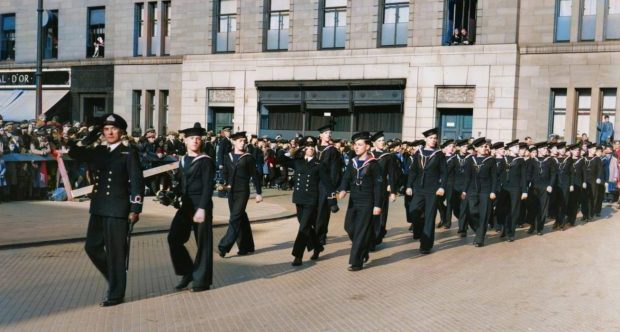



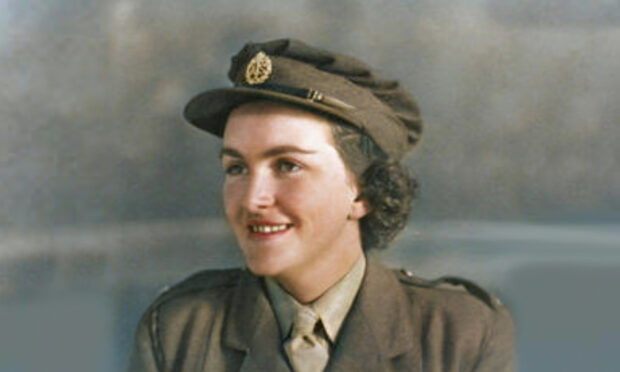

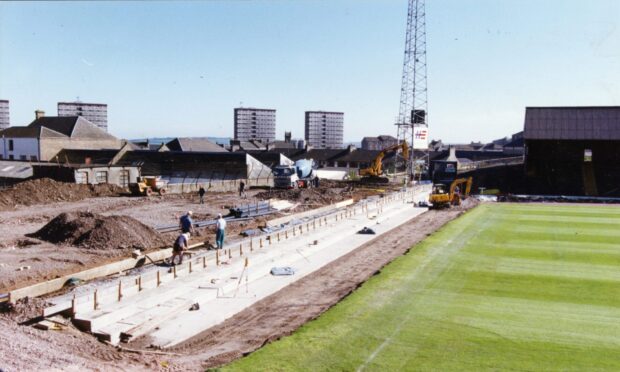
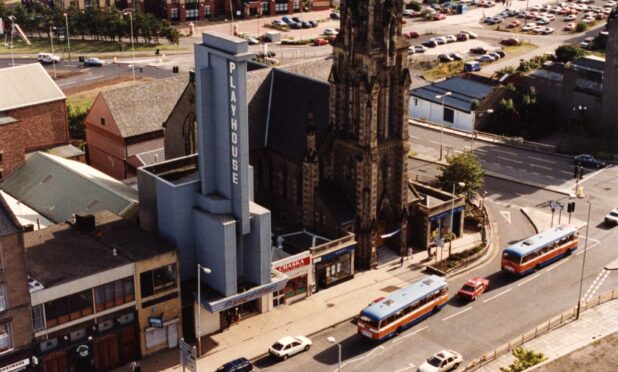
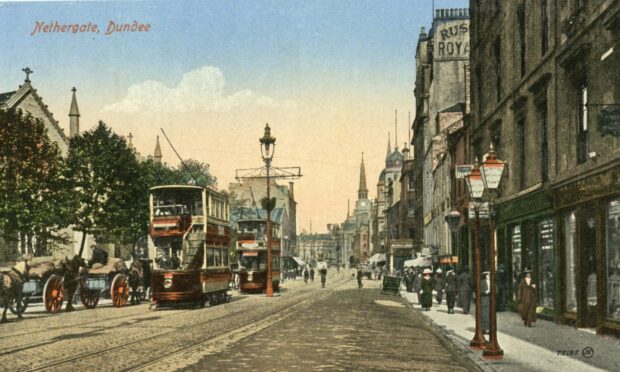
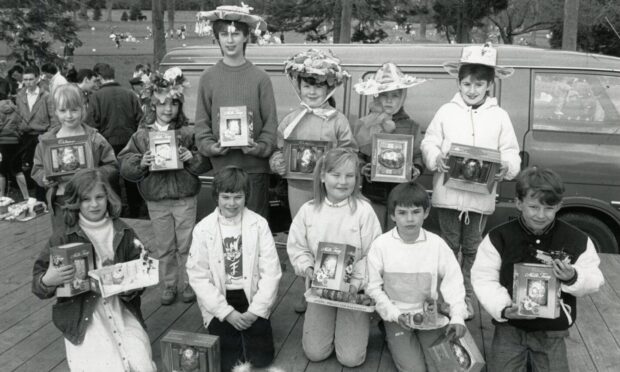

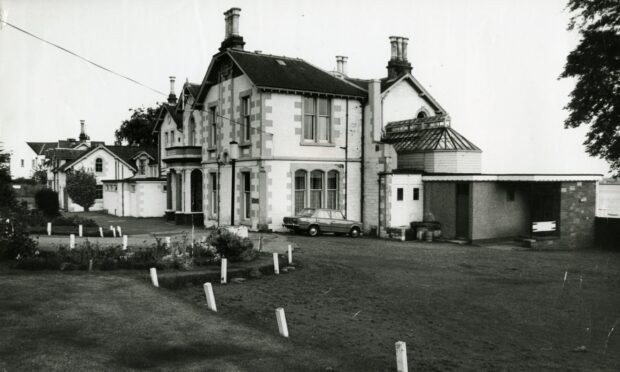
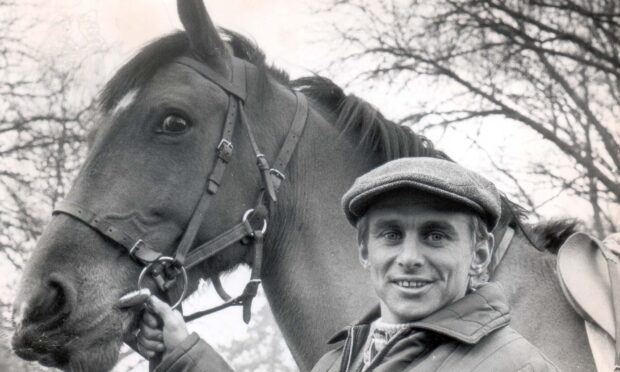

Conversation